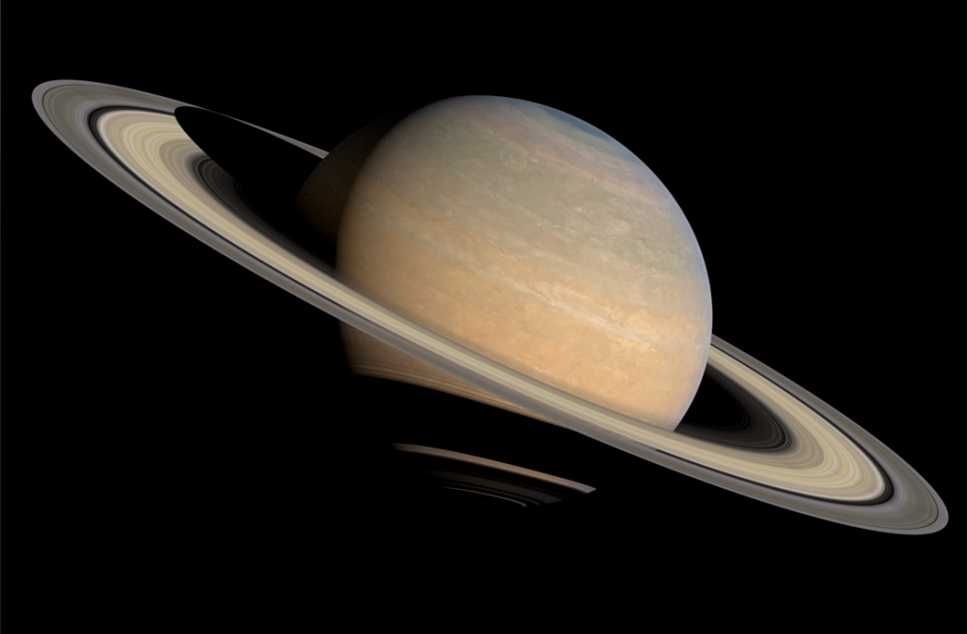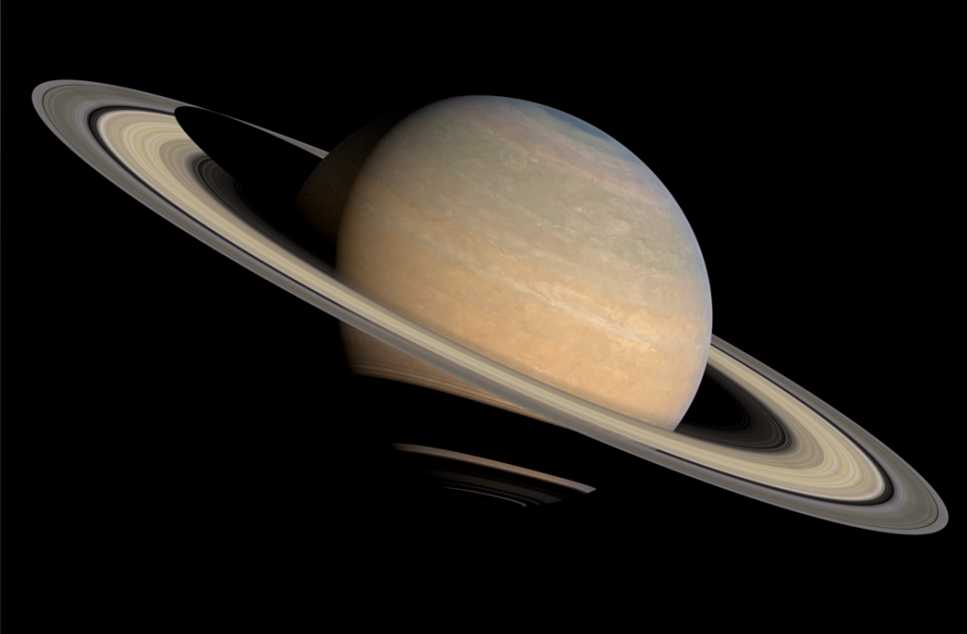Saturn's Magnificent Ring System: A Cosmic Wonder
Saturn, the sixth planet from the Sun, is renowned for its awe - inspiring ring system that has captivated astronomers and stargazers for centuries. These rings, a complex and beautiful feature unique in our solar system, are a testament to the dynamic processes that shape planets and their surroundings.

Source: Images from the Internet, if there is any infringement, please contact the removal of
Saturn's rings are composed of countless particles, ranging in size from tiny grains of dust to boulder - sized chunks. The majority of these particles are made up of water ice, with a small amount of rocky material mixed in. From Earth, the rings appear as a flat, shiny disk encircling the planet. However, up - close observations by spacecraft like the Cassini - Huygens mission have revealed their true complexity. The ring system is divided into seven main rings, named in the order of their discovery: the D, C, B, A, F, G, and E rings. The B ring is the widest and brightest, while the outermost E ring is the largest in terms of extent, stretching over a vast distance from the planet.
The origin of Saturn's rings remains a subject of scientific debate. One hypothesis suggests that they formed from the debris of a moon that was torn apart by Saturn's strong gravitational forces. Another theory posits that the rings are remnants of the material that failed to coalesce into a moon during the planet's formation. The rings' intricate structures, such as gaps and divisions, are thought to be the result of gravitational interactions with Saturn's numerous moons. For example, the Cassini Division, a prominent gap between the A and B rings, is maintained by the gravitational influence of the moon Mimas. Despite decades of study, there is still much we don't know about these rings, including how they have evolved over time and what their ultimate fate might be. As we continue to explore the solar system with advanced telescopes and space probes, Saturn's rings will undoubtedly continue to surprise and fascinate us, offering new insights into the complex history of our cosmic neighborhood.
-------- END --------






